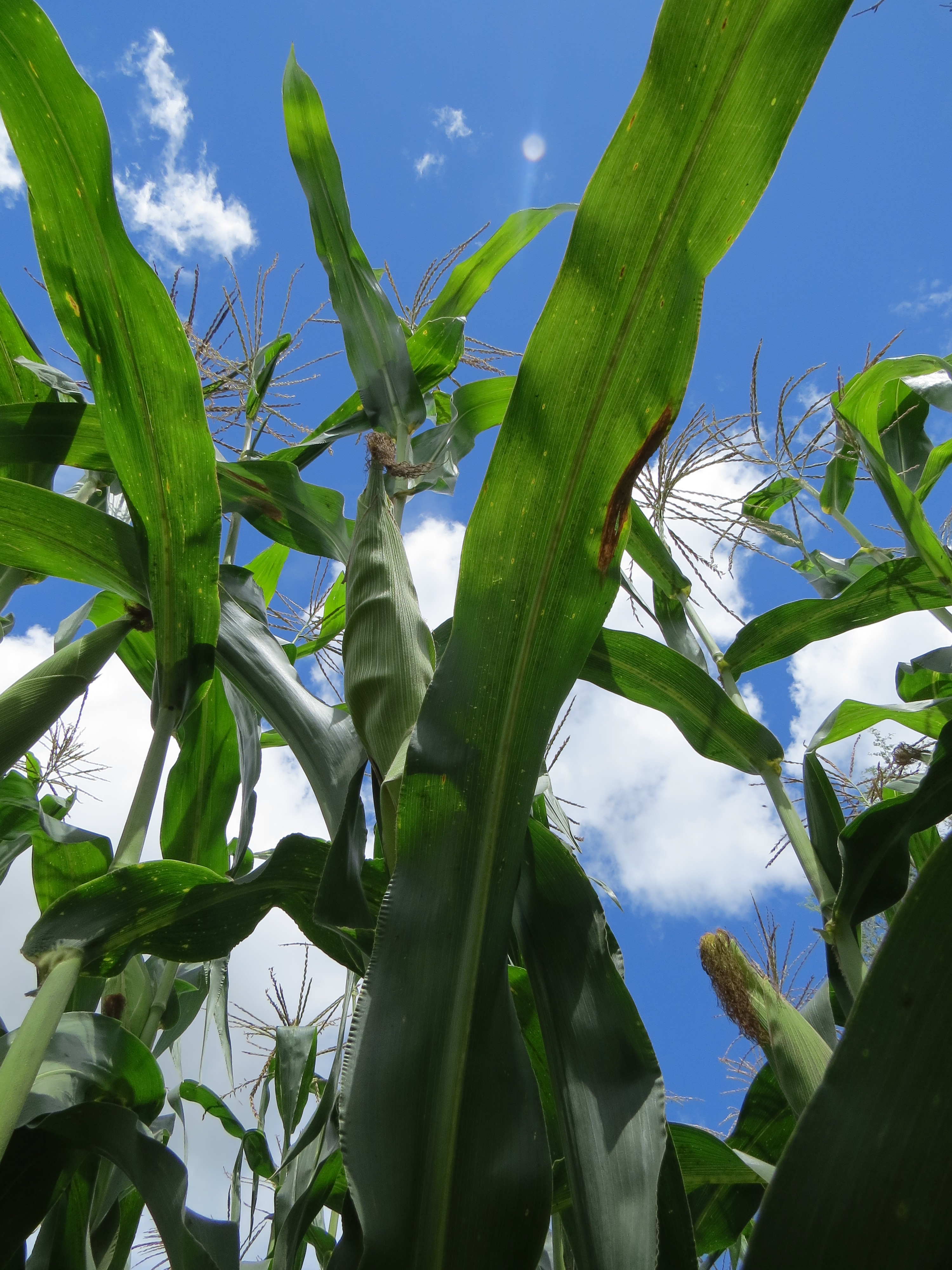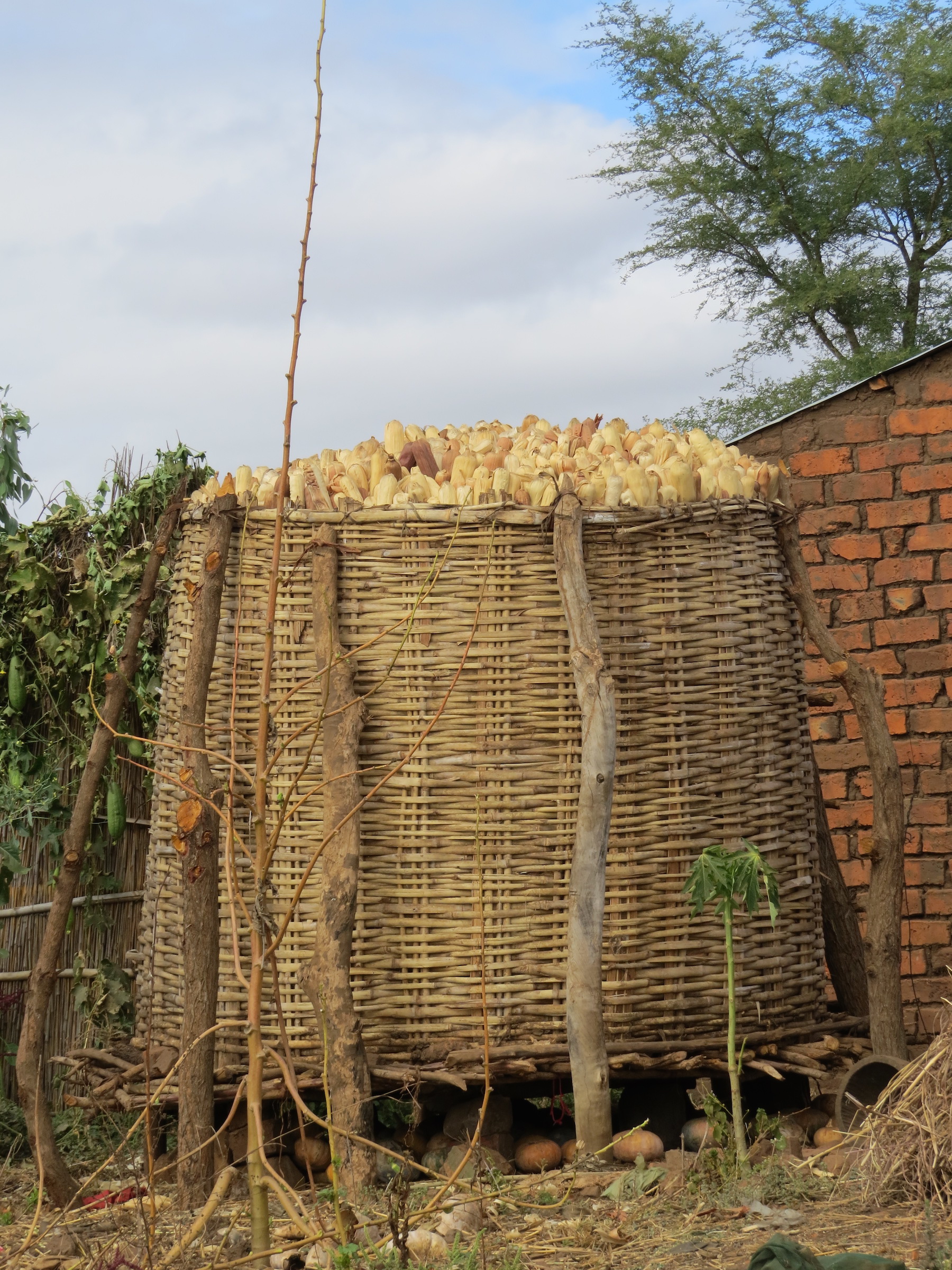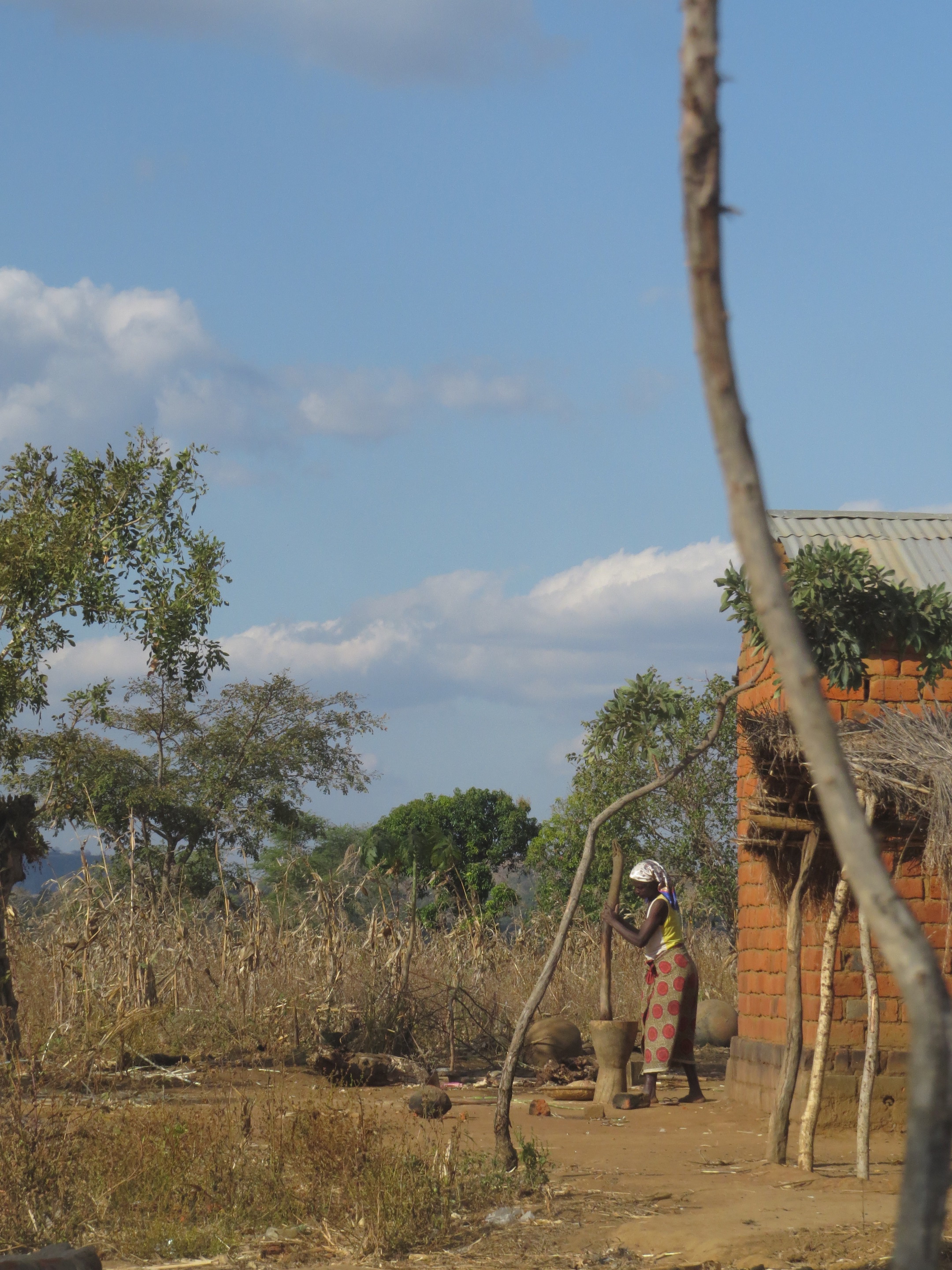Maize Dominated Farming Systems
Maize Dominated Farming Systems: Southern Africa and Malawi
Maize (Zea mays) is the dominant staple food crop throughout southern Africa and is grown on the vast majority of smallholder farms. This crop stands out for its productivity, and for its high requirement for nitrogen. Maize has the capacity to produce more grain per area, and more grain per labor, than any other rain-fed cereal crop. At the same time yields are often poor on smallholder farms, due to the necessity for plentiful nitrogen (learn more about nitrogen) to support maize production, and widely depleted soil fertility.
The high price of inorganic fertilizers and variable profitability of its use results in nil or moderate fertilizer use. Soil fertility was traditionally regenerated through shifting cultivation and long fallows, practices that have become largely unfeasible. Organic livestock-based fertilizers are often inadequate to address declining fertility due to low supply and quality of livestock. Biological nitrogen fixation inputs from leguminous crops are also under represented in Southern Africa, as cereals and cash crops dominate agricultural lands.
Poorly optimized nutrient provisioning within maize cropping systems is especially problematic given maize’s high requirements for nitrogen. The result is stagnant or decreasing maize yields. Soil organic matter declines on many smallholder farms are approaching a tipping point where nitrogen availability is critically low, and soil moisture supply is jeopardized as well. Nonetheless, maize remains culturally and nutritionally fundamental to smallholder farm families. A commonly heard phrase in Malawi is Chimanga Ndi Moyo or Maize is Life.
Subsidized inorganic fertilizers are often proposed as a solution to poor smallholder maize yields. While such subsidies often boost maize yields, there economic sustainability is highly questionable. The subsidies are often sporadically offered and distributed. Additionally, long-term inorganic fertilizer application requires complementary investments in soil organic matter and attention to preventing soil degradation. Drought tolerant varieties and new crop options can help farmer diversify and relieve and over-dependence on maize. Improved crop varieties are becoming more widely available, although seed systems failures remain a major challenge particularly for grain legumes and other self-pollinated or minor crops. Bottom line, yield gains on smallholder farms are often limited by low soil fertility, but a holistic approach is required to address root causes and support farmer-led solutions.
The Snapp Lab is investigating the following promising options:


